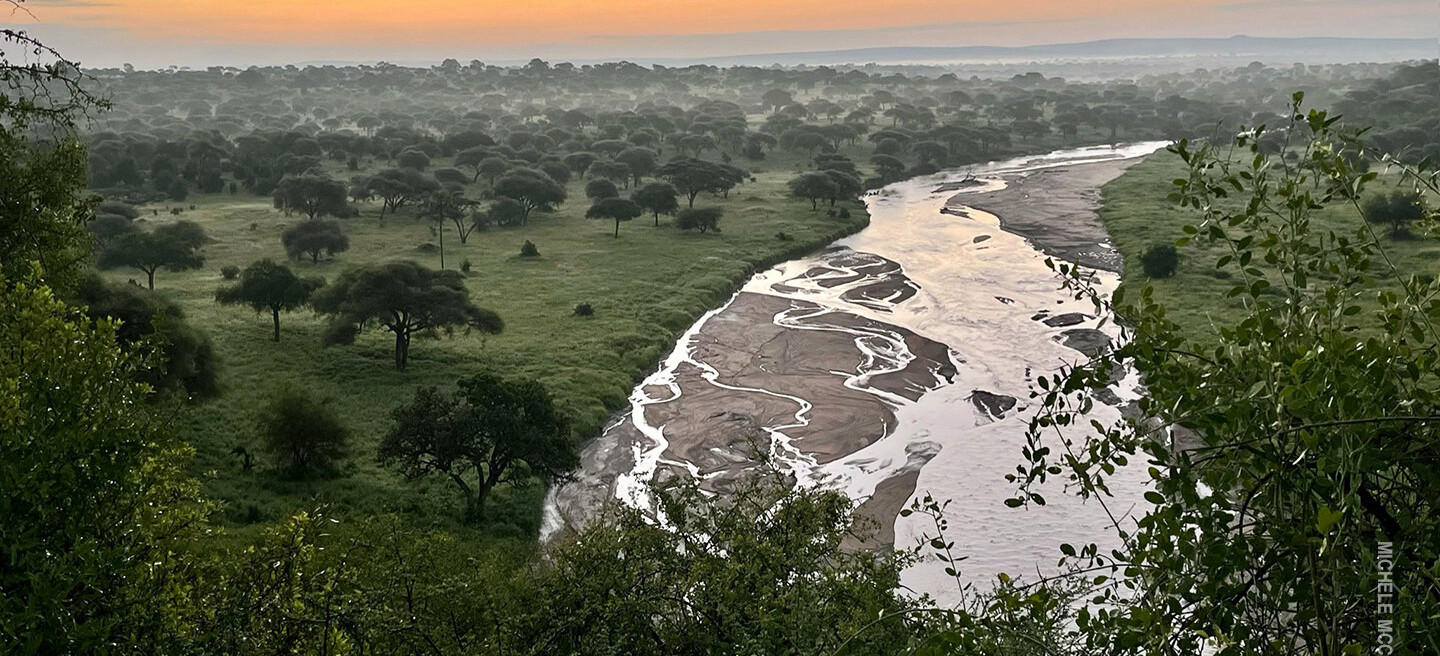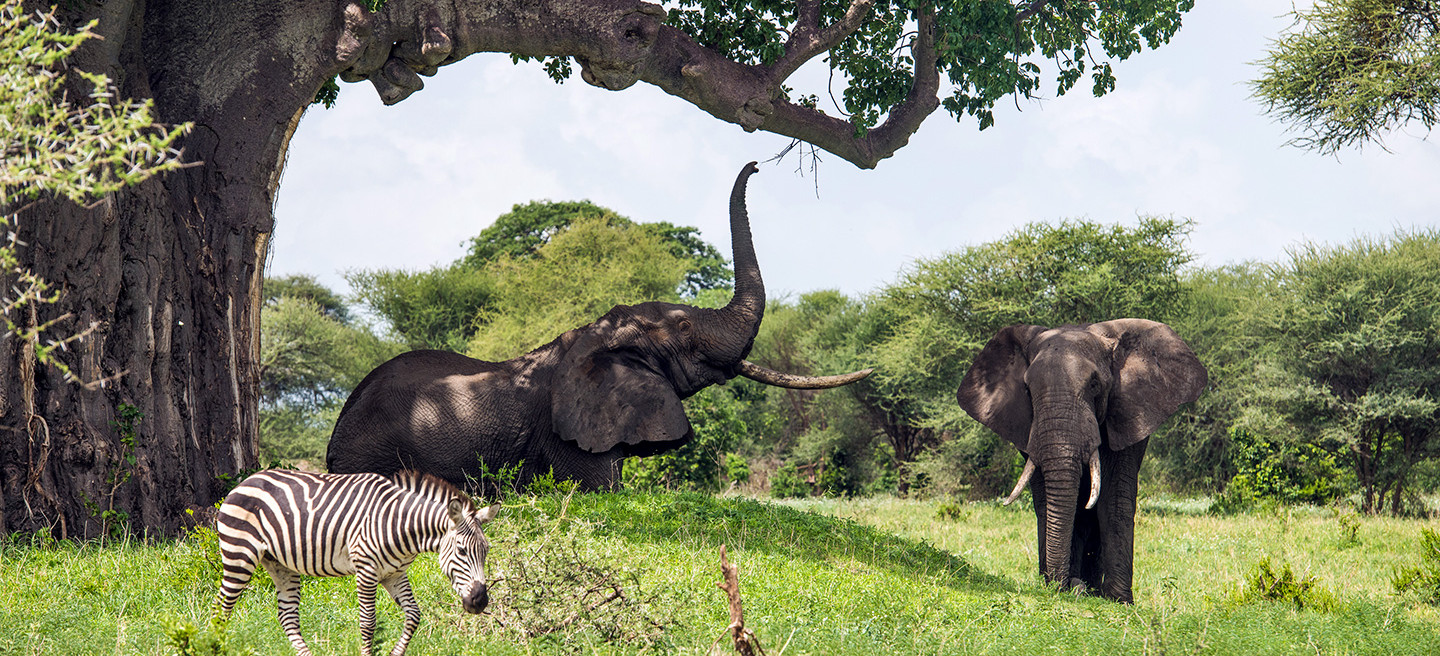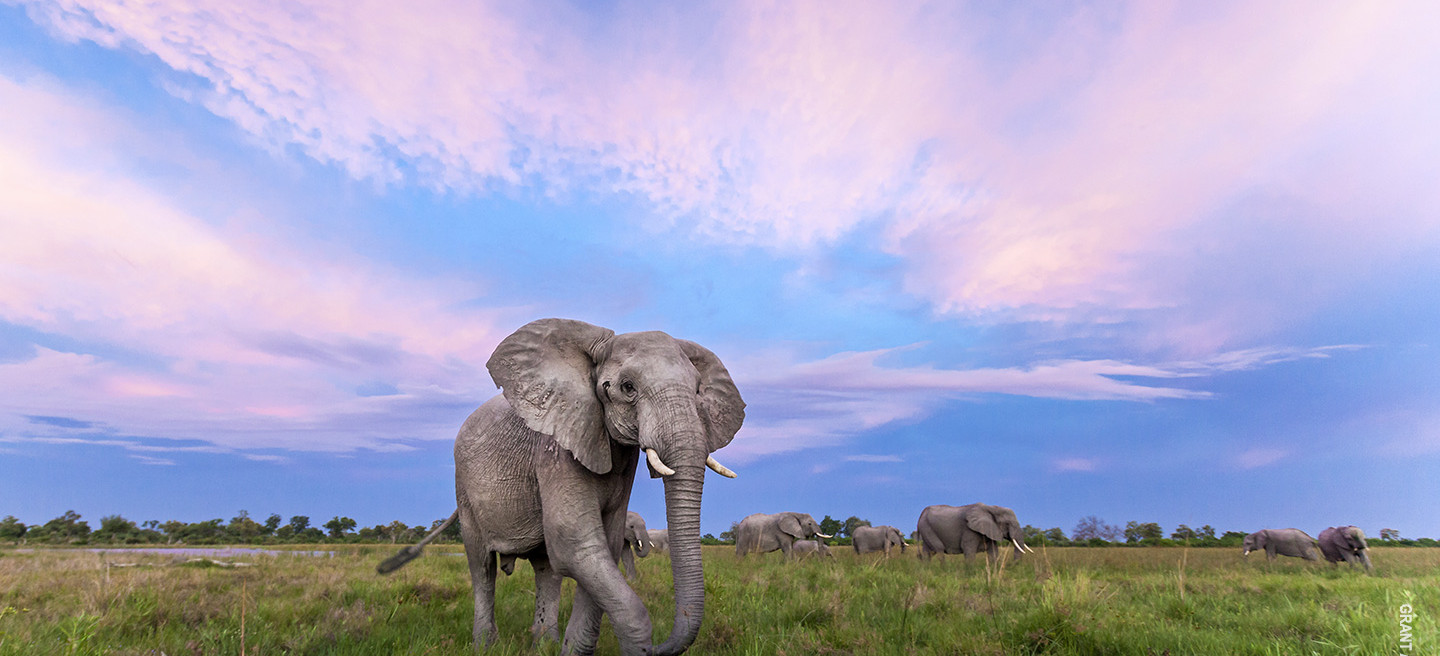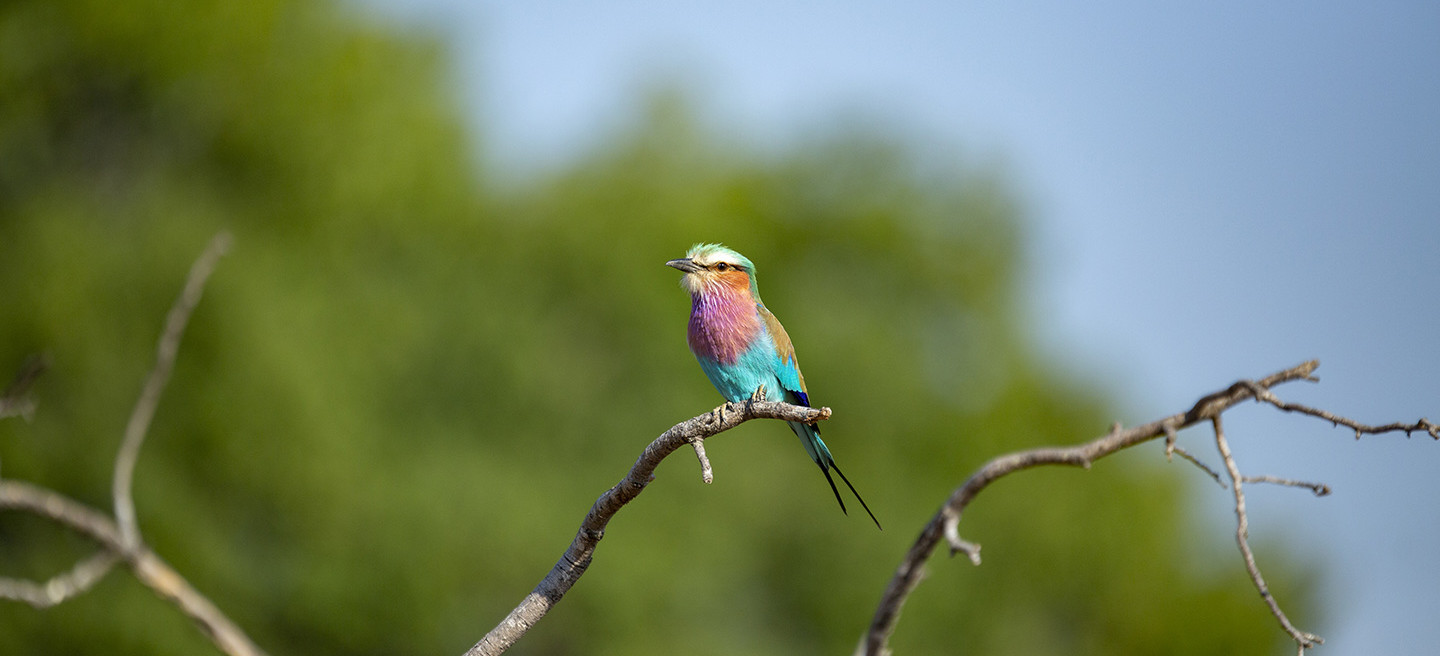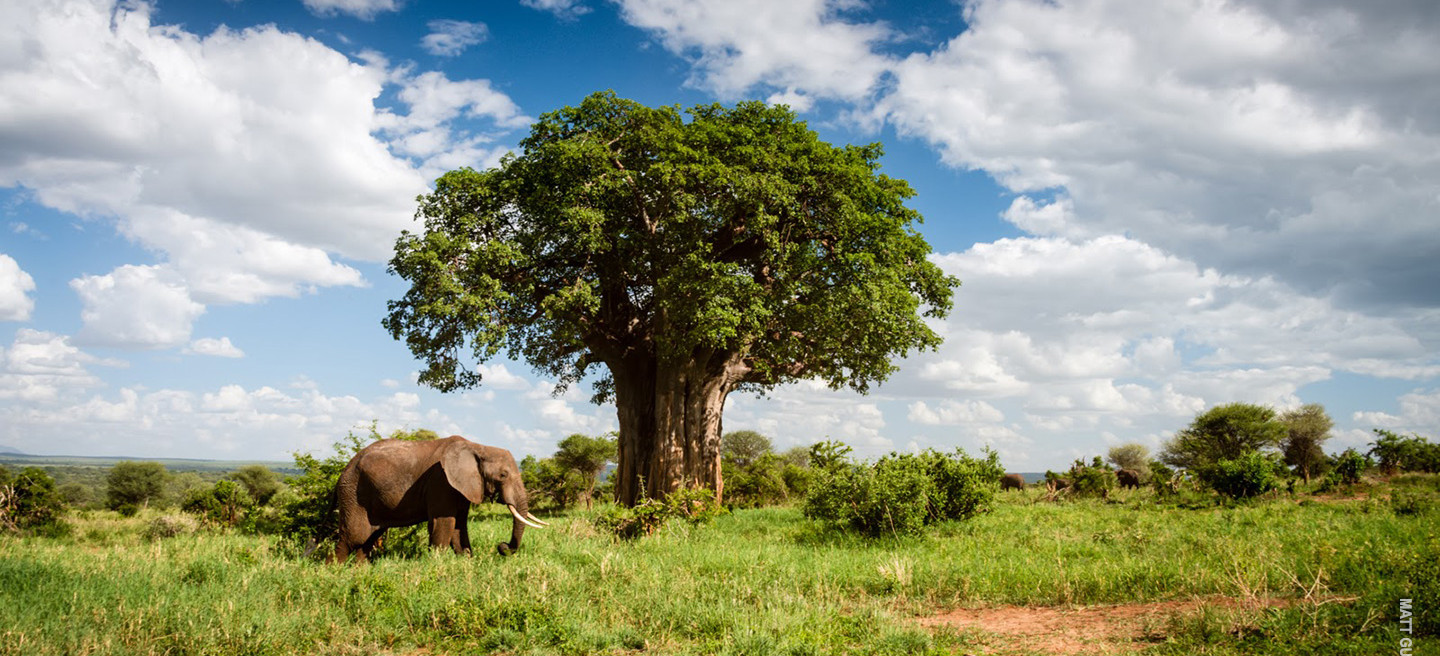tARANGIRE nATIONAL PARK
THE “LITTLE SERENGETI
Chopping Tarangire National Park in two is the Tarangire River, the lifeblood of these 1,100 square miles of swamps, grasslands and thick acacia bush. Thousands of elephants roam this lush region of the Rift Valley–the highest concentration of elephants in the world–as do plenty of giraffes, impalas, warthogs, zebras, wildebeest and others. Big cats make appearances too, often basking in the sunlight on the riverbanks. The park is affectionately called the “Little Serengeti” due to its similar landscape and wildlife composition–though Tarangire offers something the Serengeti doesn’t.
The idyllic green season is a birder’s dream. Over 450 bird species, including many rare ones, can be spotted in the marshy center of the park, and vast flocks of waterfowl abound: saddle-billed stork, African fish eagle, tawny eagle, lilac-breasted roller and so on. Both migrant and resident birds come out in impressive numbers.
During the dry season from July to October, the rains recede, the southern swamplands dry out and water becomes scarce. Throngs of animals migrate to the park in search of dwindling water resources, and most find their way to the Tarangire River. This density of animals creates exciting standoffs and prime wildlife viewing opportunities.

